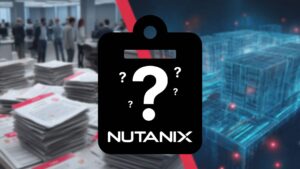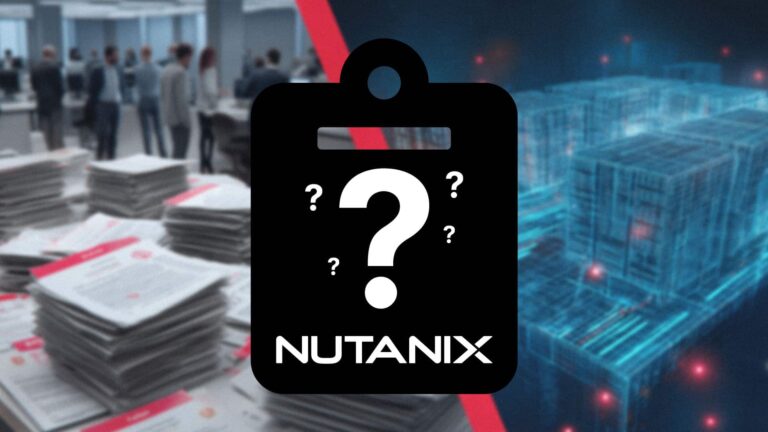House of Brick has specialized in optimizing Oracle implementations for more than two decades. Many of our engagements start by building an initial business case for moving an Oracle environment from on-premises to public cloud. The low hanging fruit of potential cost savings is the Oracle licensing. In this blog, I will discuss how we find savings for our clients by leveraging Oracle Standard licensing in AWS. A more thorough assessment can reveal opportunities to convert some of your workloads on Oracle Enterprise to Standard thereby creating potential for reducing your licensing spend.
As with anything Oracle we need to first understand the options for license portability. According to Licensing Oracle Software in the Cloud Computing Environment -> https://www.oracle.com/assets/cloud-licensing-070579.pdf .
There are 2 important considerations:
- Amazon EC2 and RDS – count two vCPUs as equivalent to one Oracle Processor license if hyper-threading is enabled, and one vCPU as equivalent to one Oracle Processor license if hyper-threading is not enabled.
- Oracle Standard Edition One and Standard Edition 2 may only be licensed on Authorized Cloud Environment instances up to eight Amazon vCPUs or eight Azure vCPUs
In summary, our customers can allocate each Oracle Processor license to 2 vCPU’s in the cloud with a maximum of 8 vCPU’s. Note that AWS RDS offers a 16 vCPU option that doubles the vCPU Capacity, but more on that when we get to the Licensed Included option.
We first of all compared Bring Your Own License (BYOL) to License Included (LI) across 4 instance types on AWS RDS for Oracle. If you want to check my work feel free to go to AWS’s Pricing Calculator -> https://calculator.aws/#/estimate
Each of the instance types are:
- Single Availability Zone
- OnDemand pricing
- Memory: 16 GiB
- Annual costs are calculated as such: hourly rate * 730 hours in a month * 12 months in a year
Table 1 – Analyzing licensing costs for LI vs. BYOL for Oracle Standard Edition (SE 2):
In order to compare BYOL with LI, we had to calculate the BYOL license as a typical discount rate to retail and added 3 years of maintenance assuming 22% of base license for year 1 and a 4% increase in maintenance over years 2 and 3. The resulting number was annualized over 3 years.
As you can see from Table 1, there is tremendous licensing savings to be had. The range of savings can be between $7,659.59 and $10,956.71 each year in licensing alone. I alluded to this earlier in the blog, but AWS RDS offers a 16 vCPU size that you can’t get through BYOL because Oracle caps applying SE 2 licenses in the cloud to 8 vCPU.
We went one step further, because realistically Oracle workloads run consistently for a long time and evaluated BYOL with Reserved Instances. Public Clouds offer Reserved Instances which are a commitment for either 1 or 3 years and offer options of upfront and monthly expenses over the designated term. In exchange for the customer’s commitment for a long-term relationship, they offer pricing discounts. Table 2 is an analysis of a single instance type, db.r5.large and Reserved Instances over BYOL or even On-Demand pricing. Anecdotally, these ratios hold true for the other instances types that were provided in Table 1.
Table 2 – On Demand vs. Reserved Instance Cost Comparison
As you can see, Reserved Instances provide greater savings over BYOL than even the On-Demand pricing. The range appears to be between $8,360.39 $8,885.99 per year in cost savings over BYOL if you are willing to commit to a longer time frame.
Conclusion:
There are tremendous opportunities to save money on your Oracle Infrastructure. The comparison of Oracle Standard Edition BYOL and Licensed Included demonstrates appreciable cost savings from licensing alone by moving to AWS. Further reductions in expenses can be realized when you take into consideration that you no longer manage the database server, the infrastructure and AWS will do the upgrades for you.
This licensing strategy is just the beginning. When you start to consider core capabilities of the Cloud like Availability Zones for geo-replication, Encryption and many more services, it makes you wonder if you even need Oracle Enterprise or RAC. At the very least you can minimize these licenses.








